-
main-collection-product-grid
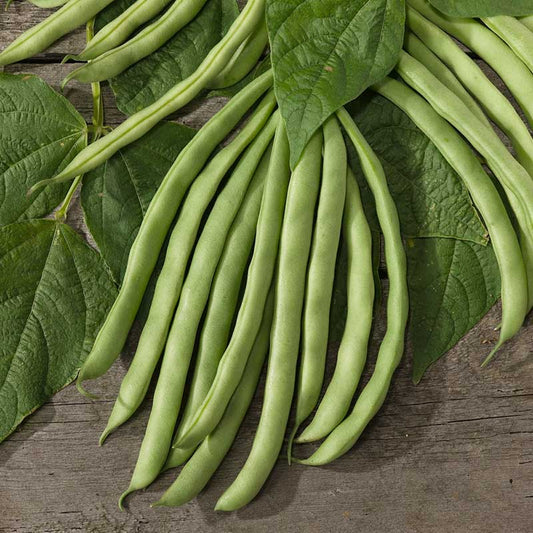
Bean Seeds (Bush) - Contender
Very tender bush bean that has excellent flavor and is very reliableBean Seeds (Bush) - Contender
Very tender bush bean that has excellent flavor and is very reliableRegular price As Low As $4.99Regular priceUnit price per -
main-collection-product-grid
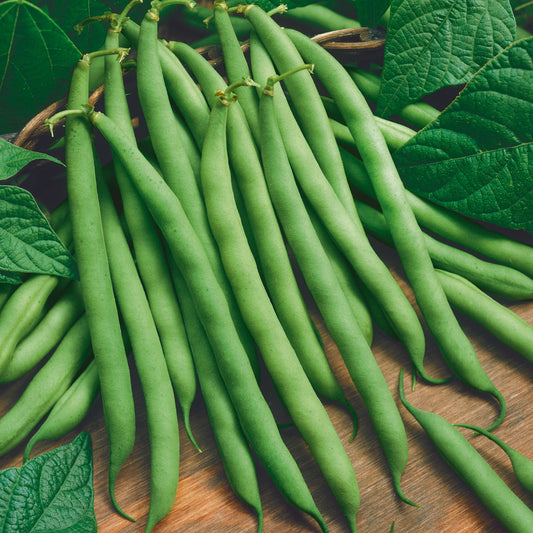
Bean Seeds (Bush) - Blue Lake 274
Crunchy and crisp bean popular with home gardenersBean Seeds (Bush) - Blue Lake 274
Crunchy and crisp bean popular with home gardenersRegular price As Low As $4.99Regular priceUnit price per -
main-collection-product-grid
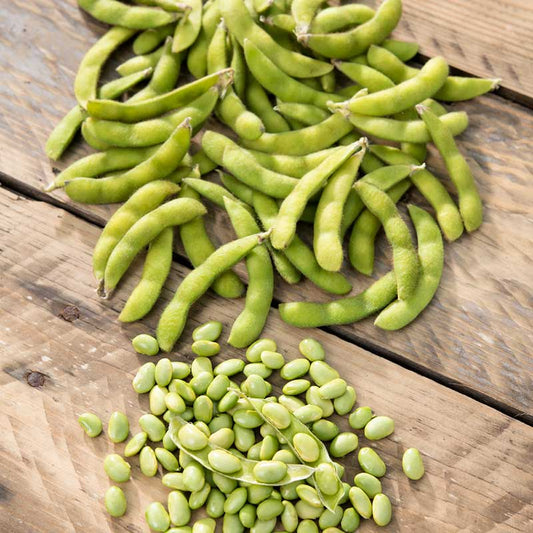
Bean Seeds - Edamame
Traditional edamame that's an excellent early maturing soybeanBean Seeds - Edamame
Traditional edamame that's an excellent early maturing soybeanRegular price As Low As $6.99Regular priceUnit price per -
main-collection-product-grid
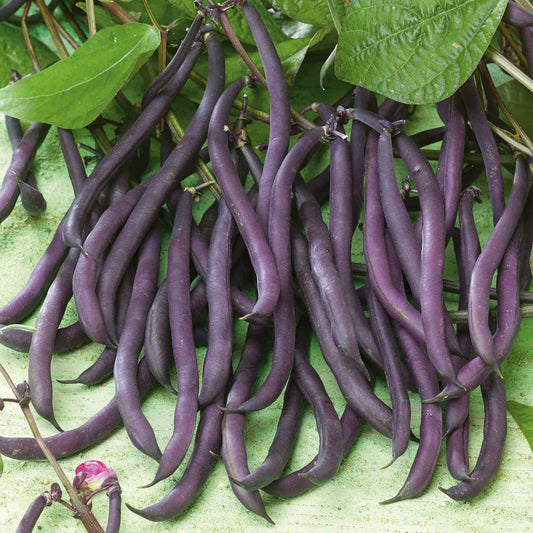
Bean Seeds (Bush) - Royal Burgundy
Rich colored bean that is extremely deliciousBean Seeds (Bush) - Royal Burgundy
Rich colored bean that is extremely deliciousRegular price As Low As $4.99Regular priceUnit price per -
main-collection-product-grid
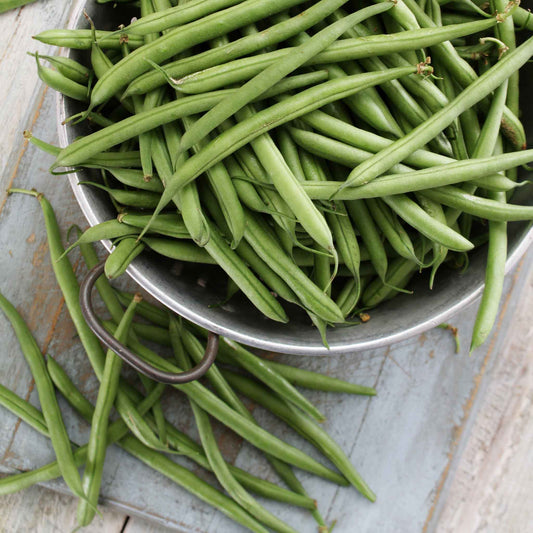
Bean Seeds (Bush) - Tenderette
Flavorful, stringless, high-bearing bean with a long harvest seasonBean Seeds (Bush) - Tenderette
Flavorful, stringless, high-bearing bean with a long harvest seasonRegular price As Low As $4.99Regular priceUnit price per -
main-collection-product-grid
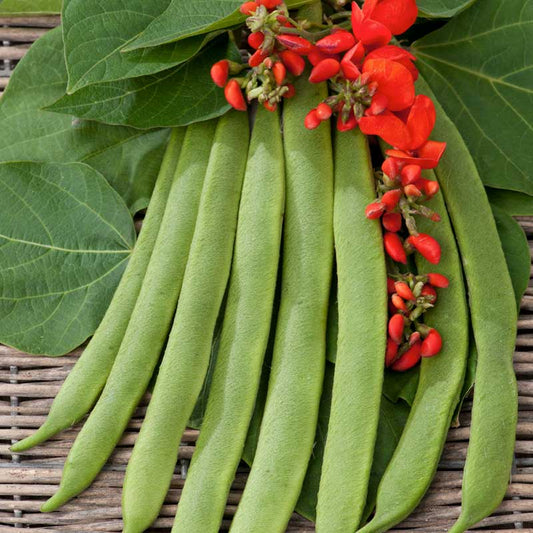
Bean Seeds (Runner) - Scarlet Emperor
Rapid climber with great tasting beans; attracts hummingbirdsBean Seeds (Runner) - Scarlet Emperor
Rapid climber with great tasting beans; attracts hummingbirdsRegular price As Low As $9.99Regular priceUnit price per -
main-collection-product-grid
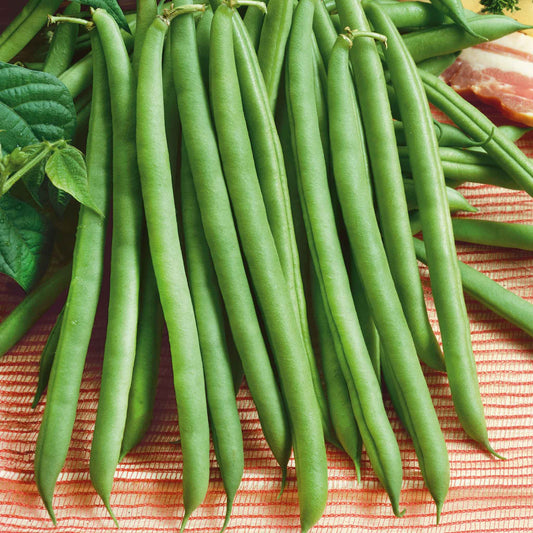
Bean Seeds (Bush) - Provider
Easy to establish and adapts well to diverse soilBean Seeds (Bush) - Provider
Easy to establish and adapts well to diverse soilRegular price As Low As $4.99Regular priceUnit price per -
main-collection-product-grid
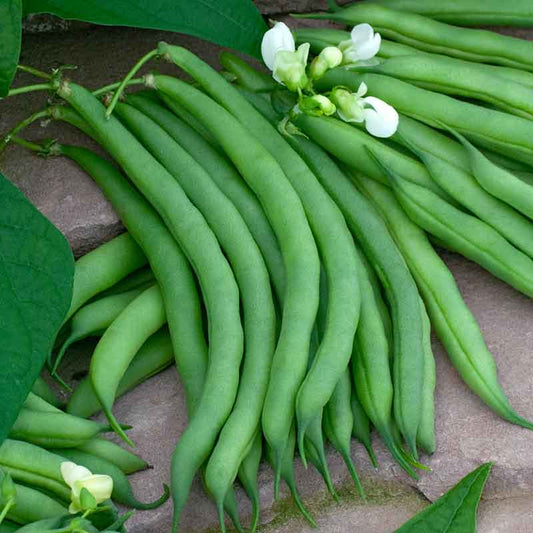
Bean Seeds (Pole) - Kentucky Wonder Brown
Heirloom pole bean from the 1800s, hardy in most zonesBean Seeds (Pole) - Kentucky Wonder Brown
Heirloom pole bean from the 1800s, hardy in most zonesRegular price As Low As $4.99Regular priceUnit price per -
main-collection-product-grid
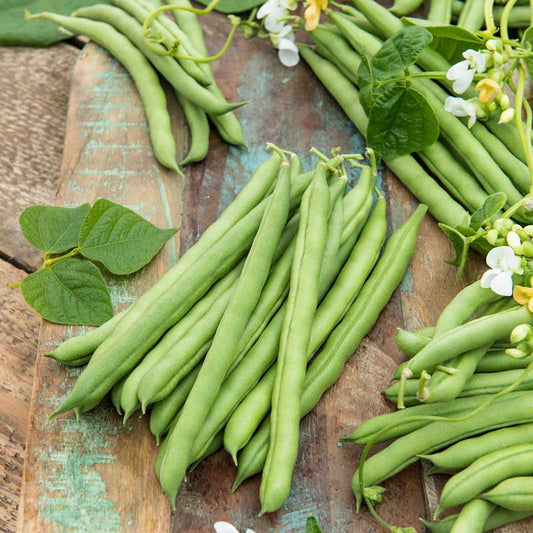
Bean Seeds (Pole) - Blue Lake FM1K
Very tasty pole bean, popular for canningBean Seeds (Pole) - Blue Lake FM1K
Very tasty pole bean, popular for canningRegular price As Low As $4.99Regular priceUnit price per -
main-collection-product-grid
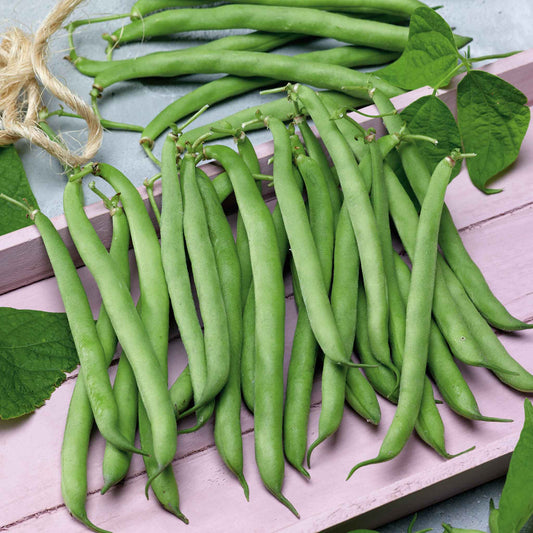
Bean Seeds (Bush) - Tendergreen
Heirloom since 1925, heavy yielding and heat tolerantBean Seeds (Bush) - Tendergreen
Heirloom since 1925, heavy yielding and heat tolerantRegular price As Low As $4.99Regular priceUnit price per -
main-collection-product-grid
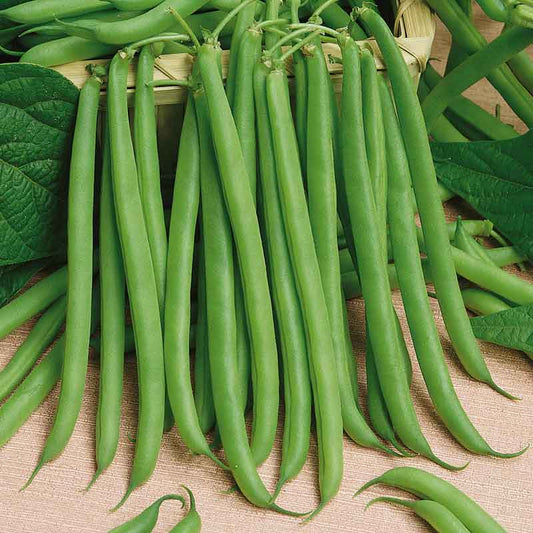
Bean Seeds (Bush) - Slenderette
Improvement on the Blue Lake that is unmatched by any beanBean Seeds (Bush) - Slenderette
Improvement on the Blue Lake that is unmatched by any beanRegular price $5.99Regular priceUnit price per -
main-collection-product-grid
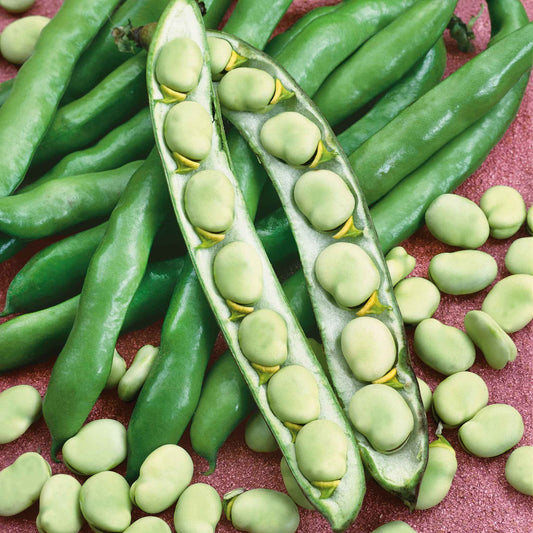
Bean Seeds (Fava) - Broad Windsor
Great for drying and pairs perfectly with spices and herbsSaleBean Seeds (Fava) - Broad Windsor
Great for drying and pairs perfectly with spices and herbsRegular price As Low As $4.99Regular priceUnit price per$45.49Sale price As Low As $4.99Sale -
main-collection-product-grid
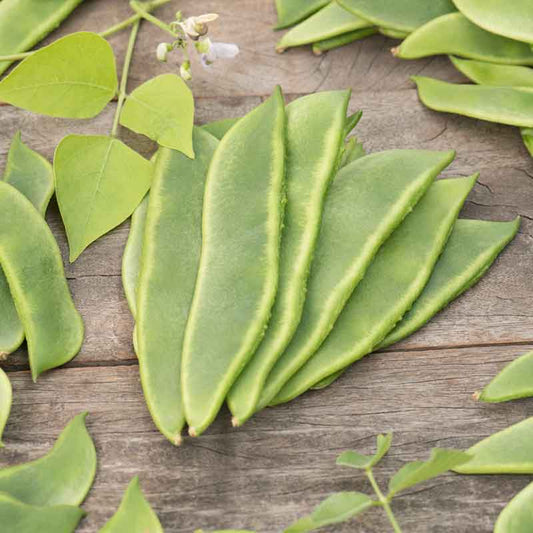
Bean Seeds (Bush Lima) - Fordhook 242
Adaptable in adverse conditions and great for freezingSaleBean Seeds (Bush Lima) - Fordhook 242
Adaptable in adverse conditions and great for freezingRegular price As Low As $4.99Regular priceUnit price per$45.49Sale price As Low As $4.99Sale -
main-collection-product-grid
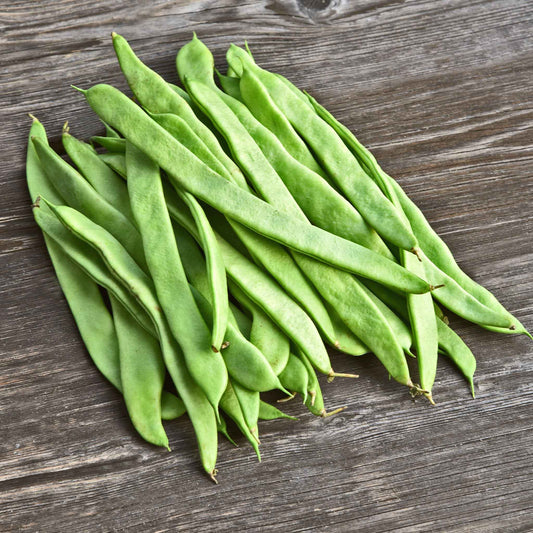
Bean Seeds (Bush) - Roma II
Dependable, high-yielding flat beanBean Seeds (Bush) - Roma II
Dependable, high-yielding flat beanRegular price As Low As $4.99Regular priceUnit price per -
main-collection-product-grid
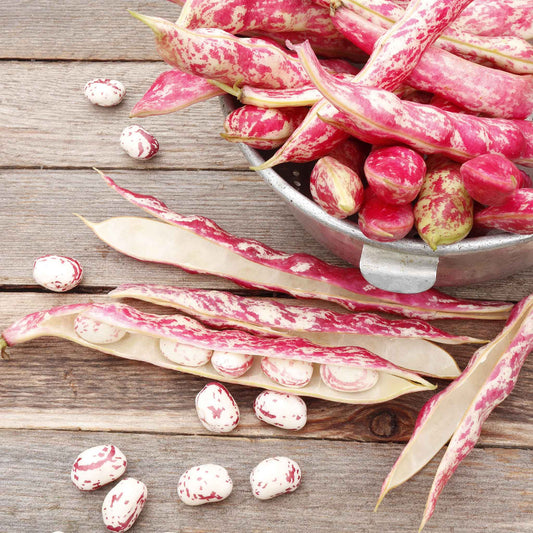
Bean Seeds (Bush) - Taylor Dwarf Horticultural
Classic bean with a long history; great in soups and chilisBean Seeds (Bush) - Taylor Dwarf Horticultural
Classic bean with a long history; great in soups and chilisRegular price As Low As $4.99Regular priceUnit price per -
main-collection-product-grid
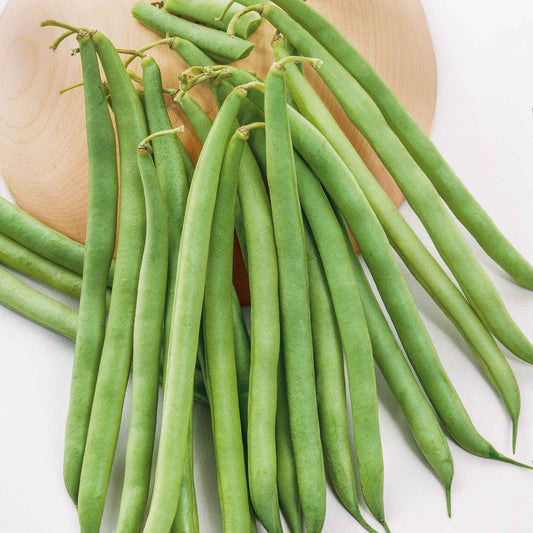
Bean Seeds (Bush) - Landreth Stringless
Very flavorful heirloom bean that produces high yieldsSaleBean Seeds (Bush) - Landreth Stringless
Very flavorful heirloom bean that produces high yieldsRegular price As Low As $4.99Regular priceUnit price per$45.49Sale price As Low As $4.99Sale -
main-collection-product-grid
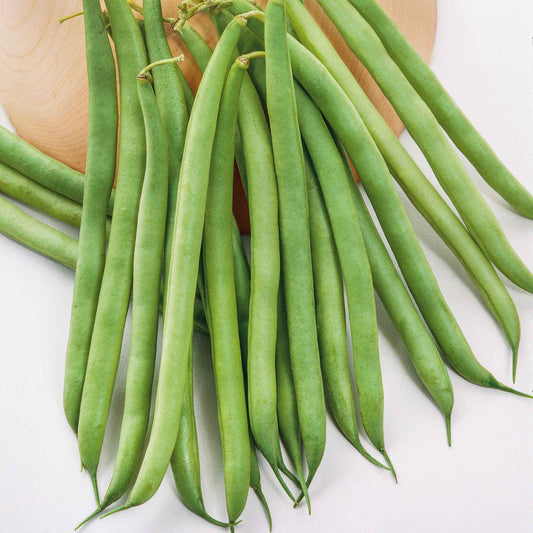
Bean Seeds (Bush) - Greencrop
Delicious bean that does not require trellisingBean Seeds (Bush) - Greencrop
Delicious bean that does not require trellisingRegular price As Low As $4.99Regular priceUnit price per -
main-collection-product-grid
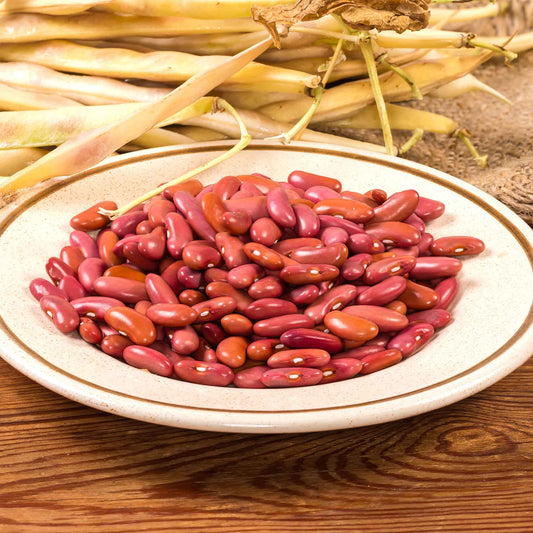
Bean Seeds (Organic) - Light Red Kidney
Traditional bean for salads, soups, and chiliBean Seeds (Organic) - Light Red Kidney
Traditional bean for salads, soups, and chiliRegular price As Low As $15.99Regular priceUnit price per -
main-collection-product-grid
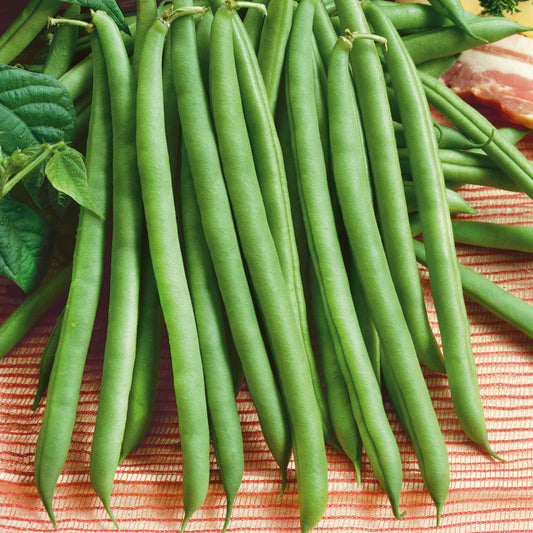
Bean Seeds (Organic - Bush) - Provider
Great bean to grow in a variety of soil typesBean Seeds (Organic - Bush) - Provider
Great bean to grow in a variety of soil typesRegular price $15.99Regular priceUnit price per -
main-collection-product-grid
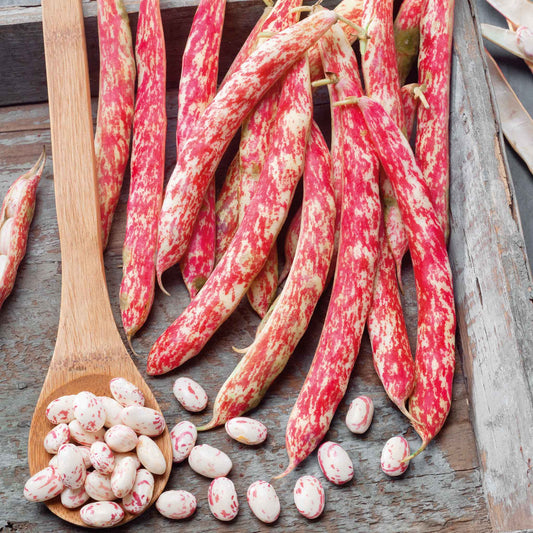
Bean Seeds (Bush) - Borlotto
Used fresh or dry, this vigorous bush produces red speckled beansOut of StockBean Seeds (Bush) - Borlotto
Used fresh or dry, this vigorous bush produces red speckled beansRegular price As Low As $9.99Regular priceUnit price per -
main-collection-product-grid
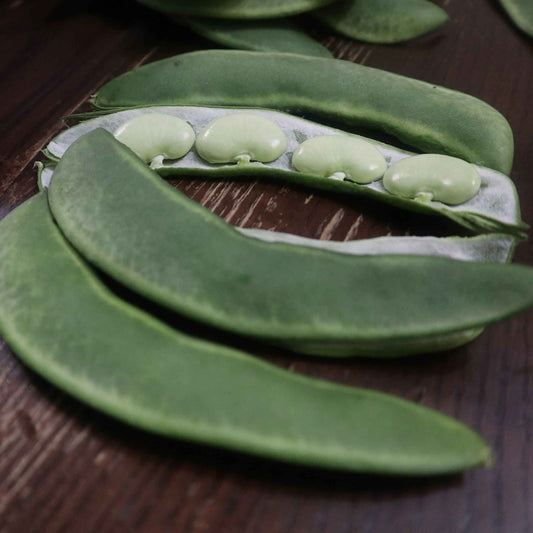
Bean Seeds (Bush Lima) - Burpee Improved
Produces high yields of larger than normal lima beansSaleBean Seeds (Bush Lima) - Burpee Improved
Produces high yields of larger than normal lima beansRegular price As Low As $4.99Regular priceUnit price per$13.99Sale price As Low As $4.99Sale -
main-collection-product-grid
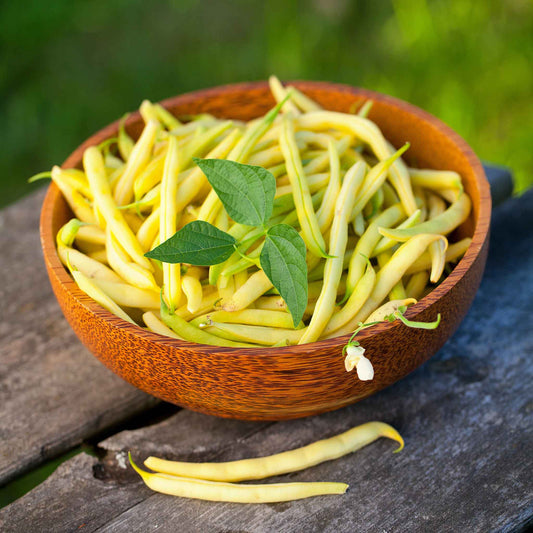
Bean Seeds (Organic) - Golden Wax
Home gardeners love this bean for canning and freezingBean Seeds (Organic) - Golden Wax
Home gardeners love this bean for canning and freezingRegular price $15.99Regular priceUnit price per -
main-collection-product-grid
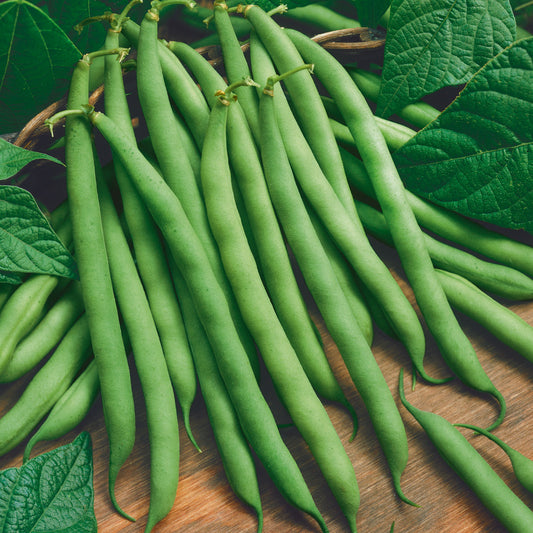
Bean Seeds (Organic) - Blue Lake 274
Produces over a long season with crisp and crunchy beansBean Seeds (Organic) - Blue Lake 274
Produces over a long season with crisp and crunchy beansRegular price $15.99Regular priceUnit price per -
main-collection-product-grid
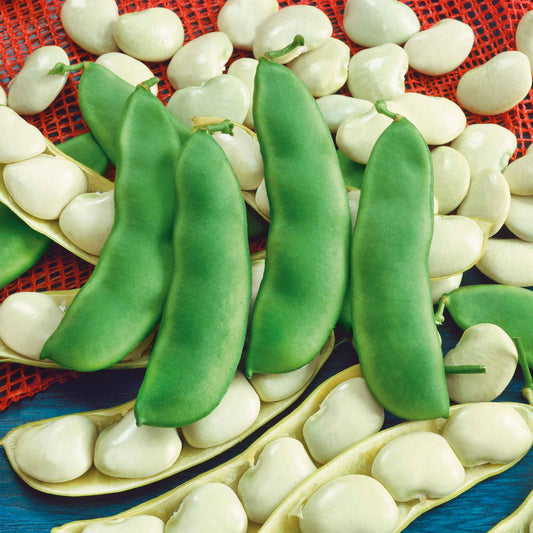
Bean Seeds (Bush Lima) - Early Thorogreen
Dwarf bush lima suitable in Northern statesSaleBean Seeds (Bush Lima) - Early Thorogreen
Dwarf bush lima suitable in Northern statesRegular price As Low As $4.99Regular priceUnit price per$45.49Sale price As Low As $4.99Sale
About our bean seeds
- 39 bean seed varieties
- Very simple to grow and do well in most gardens and soil types
- Best if sown outdoors after the last spring frost
- Prefers full sun exposure
a history lesson on beans
A must-have vegetable in the garden, choose from either pole, bush or runner varieties. Pole beans take up hardly any room in your garden and can actually be planted along a fence or any other vertical support. Enjoy the bevy of colors provided by beans, be it green, yellow, purple or red.
Beans are the seeds of numerous genera of flowering plants in the Fabaceae family that are used as vegetables for both human and animal use. They are used in many traditional recipes around the world and can be cooked in a variety of methods, including boiling, frying, and baking. The word "bean" has existed since before the 12th century in West Germanic languages. The term was extended to pod-borne seeds of Phaseolus, such as the common bean and the runner bean, and the related genus Vigna after contact between Europe and the Americas during the Columbian era. Many other seeds with similar forms, such as Old World soybeans, peas, various vetches, and lupins, as well as those with only a passing resemblance, such as coffee beans, vanilla beans, castor beans, and cocoa beans, have long been referred to as coffee beans. As a result, the name "bean" can apply to a variety of distinct species.
how long do beans take to grow?
Beans are a summer crop, thus needing warm weather to properly grow and flourish. On average, maturity is reached 55 to 60 days from planting to harvest. Bean plants are vines that require some external support. Native Americans customarily grew them alongside squash and corn, allowing the corn stalks to provide support for the beans. Perhaps you've heard of the three sisters- this refers to the harmonious aforementioned trio.
beans, beans, the magical fruit!
There are countless varieties of beans to choose from. Often times, selecting your variety can be the hardest part. That said, once you have chosen your beans, proper planting in key. If you are new to growing beans, be sure to do your research on each variety you are planting to ensure that you are providing the proper environment and care.
For more information about planting, growing, and caring for beans, see our Bean Seeds Planting Guides: Pole Beans, Bush Beans, Fava Beans, Edamame Beans























